To provide you with the best experience, cookies are used on this site. Find out more here.

To provide you with the best experience, cookies are used on this site. Find out more here.

Explore North Devon
Stay
What's On in North Devon

Welcome to the Itinerary Planner. Use this tool to build your own journey or choose from an exciting range of specially selected tours.
To build your own Itinerary, click  to add an item to your Itinerary basket.
to add an item to your Itinerary basket.

4th August 2017
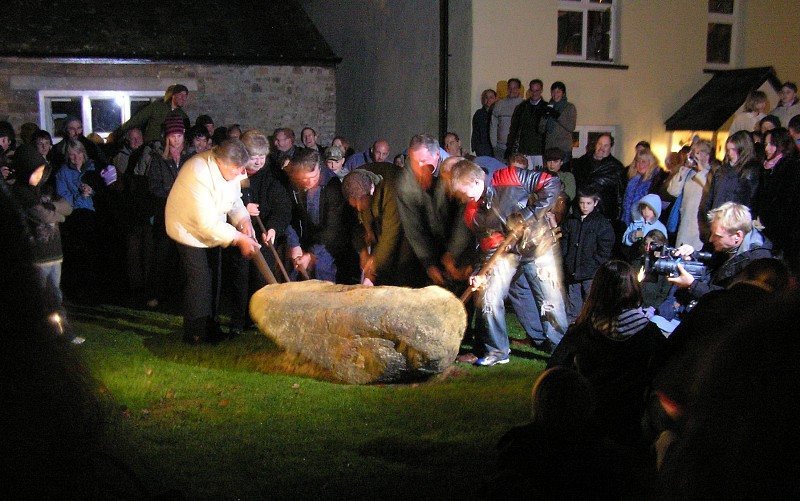
When you think about, North Devon is actually a HUGE place – from the hills of Exmoor, out to Torrington and Holsworthy inland, and then back to the coast at Hartland towards the Cornish border. That’s a lot of places, locations, countryside and history to cover under the name “North Devon”! Whether you live here, have only seen a small part of the area, or visit different places regularly, you’re bound to know that around every corner is a new thing to see and new knowledge to gather.
That’s why we’ve compiled a list of things you probably didn’t know about North Devon…
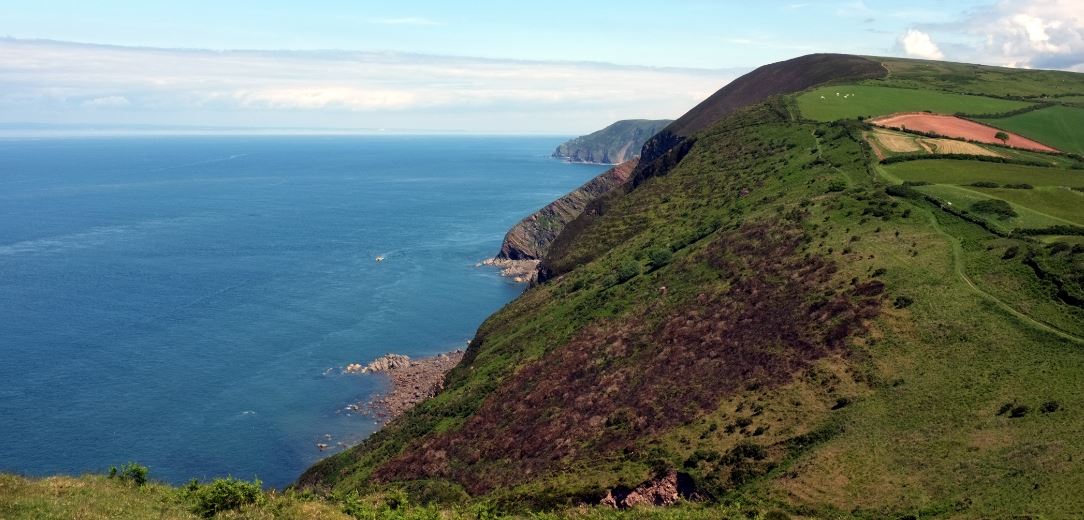
There’s no denying that Exmoor has the highest coastline on the British mainland. Culbone Hill, on Exmoor’s coast, reaches a height of 1350ft but under the true definition of a cliff, the highest on mainland Britain is Great Hangman (pictured above) near Combe Martin. The coastal hill is 1043ft high with a cliff face of 250 metres!
It’s so old, that bullet holes from the English Civil War (1642–1651 for those not in the know) can be seen at the Penrose Almshouses in Litchdon Street.
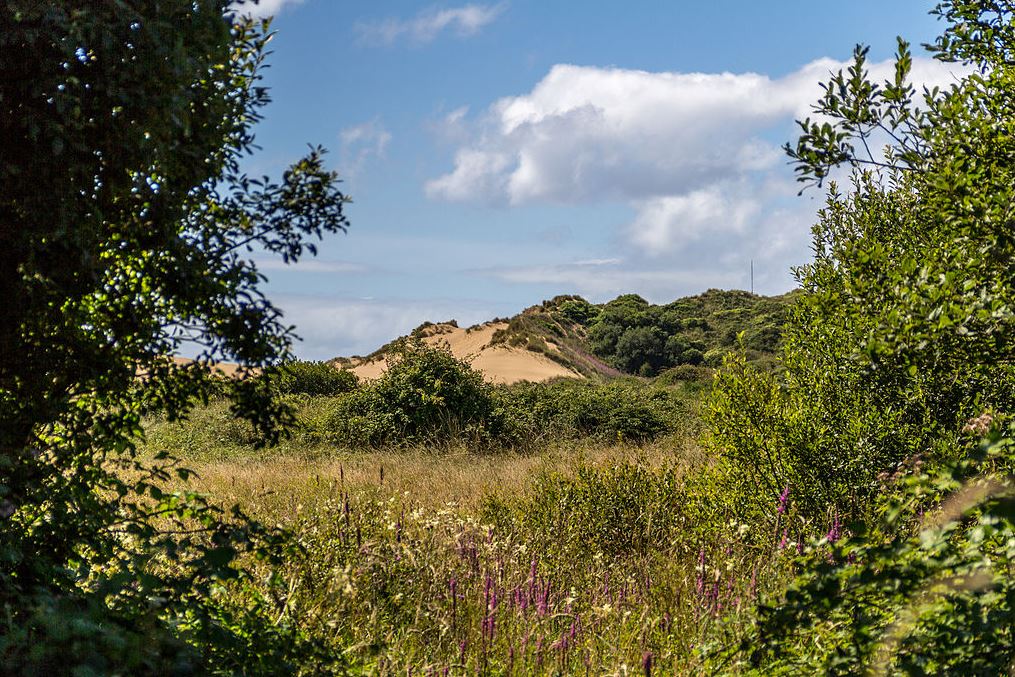
For those who haven’t spent a day losing themselves in the Burrows, do so if you can. In terms of acres, Braunton Burrows is roughly the same size as the Mount Vesuvius sight in Italy, it’s a designated area of outstanding natural beauty, and is home to many animals and environments. If you want the best sand dunes, come to Braunton.
Founded in 1864, the Golf Course in Westward Ho! has always led the way in the sport, and is featured in every top 100 golf course and must play list ever created.
Charles Kingsley, best known for writing The Water Babies, published a novel called Westward Ho! in 1855. It was based on Bideford. With Kingsley’s nod of approval, a hotel named after the novel was build, then villas, and so on; the settlement logically taking the name Westward Ho!.
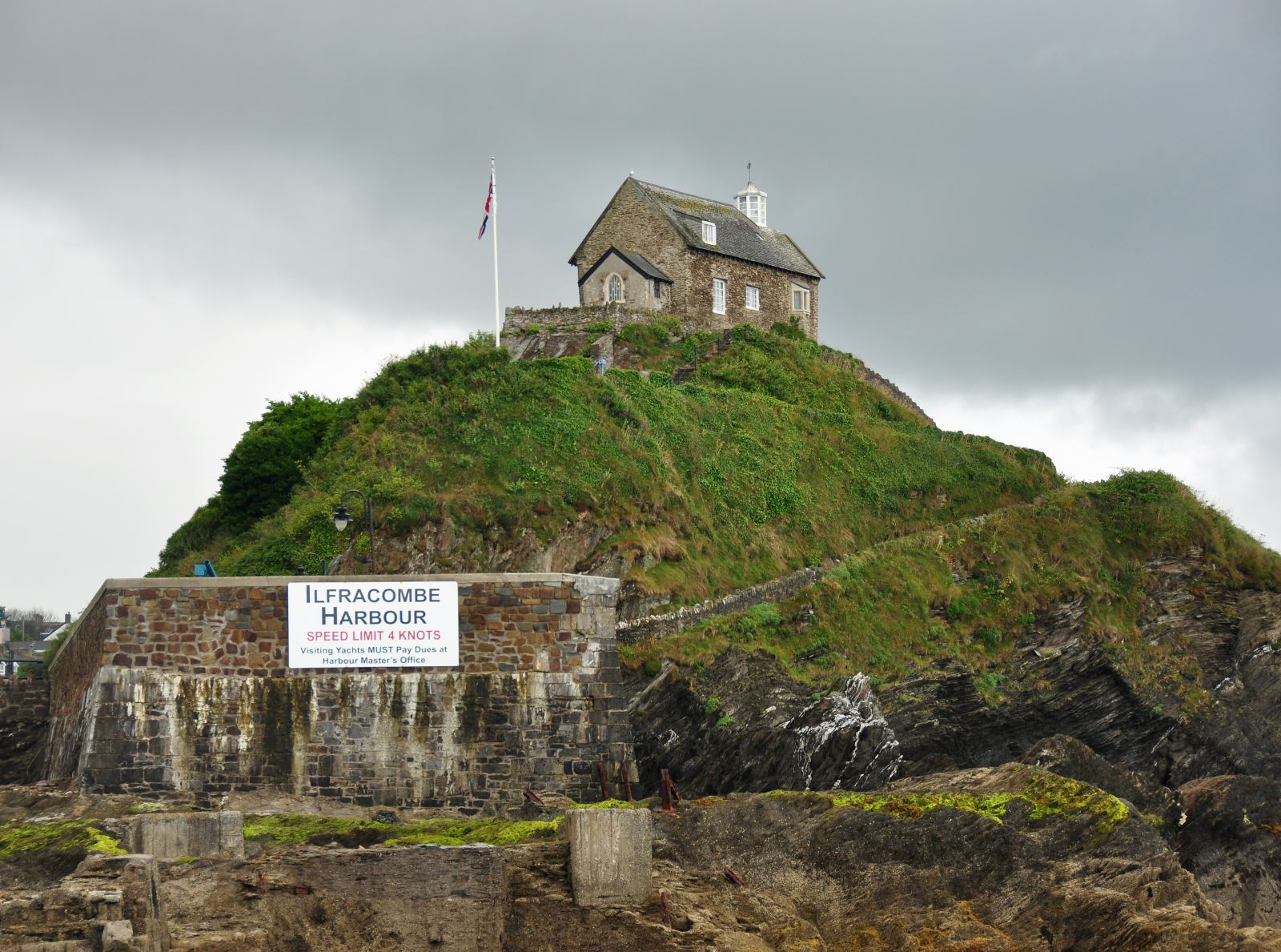
This one’s disputable, but by being built in 1361, the building (above) has stood as a beacon for over 650 years, and is thought to be the oldest working in the UK. Next time you’re in Ilfracombe, pop up the hill and have a look at the chapel turned lighthouse.
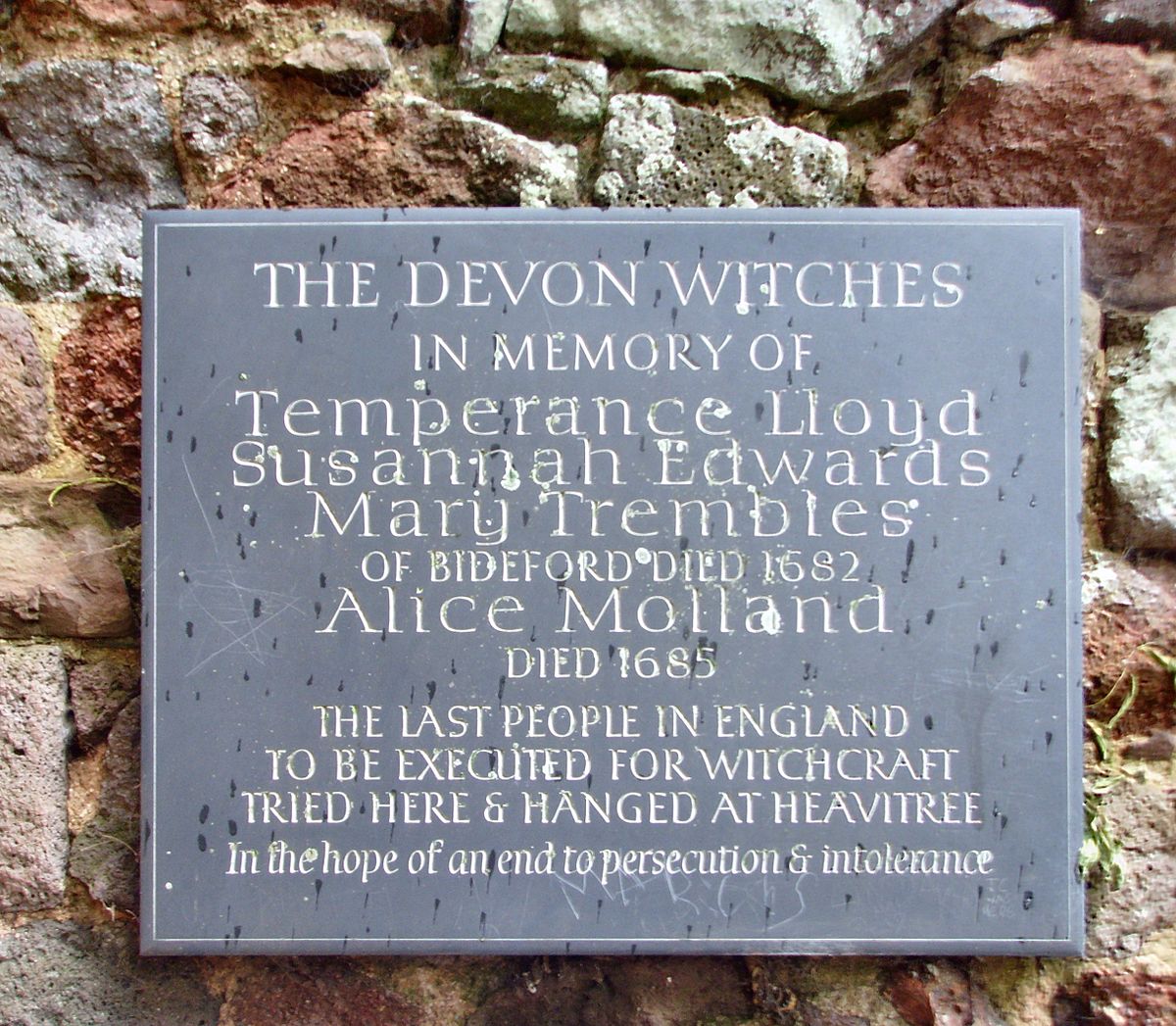
Technically hanged in Exeter, the last witches to be put to death in Britain came from Bideford. The three women were accused of witchcraft after (apparently) a Devil tabby cat entered a shop owned by one of the women and a magpie settled at the window of one of the accused!
We’re back in Combe Martin, where they love a party! Infact, Combe Martin set the record for the world’s longest street party. The long single street through the village makes the perfect strip for a festival, party or carnival – something that happens every year!
.jpg)
If you don’t know about village, check out our Clovelly page. It’s carless, cobbled, and drops down to the pub, harbour and sea at the bottom of the hill – donkeys are still present.
But what’s really fascinating, aside from knowing a village with its homes privately owned, is the fact that records and stories say that cannibals lived in a cave along the coast. A large group in the cave were found with limbs hanging from the walls – but we’re not sure we believe this campfire story.
During February 1844, some rare straight-tusked elephant fossils were discovered in Summerland Street, Barnstaple. We now know that these elephants once roamed the plains of Europe but became extinct in the UK around 115,000 years ago.
Some tusk and bone fragments remain on show at Barnstaple Museum, while whole teeth were taken to the Natural History Museum.

Turning the Devil’s Stone in Shebbear, from www.megalithic.co.uk
A yearly tradition, this mini festival takes place on the 5th November and predates Bonfire Night/Guy Fawkes. Said to ward off the Devil, six men turn a stone that was said to have been thrown at him. No one knows how the stone got there originally, no one knows how this tradition began – but like Stonehenge, it’s a mystery why the stone is there at all. If you’re in the area during November, it’s a must see.
Do you know anymore facts about North Devon that you’d like to share with us? We’d love to hear them over on our Facebook page, Twitter account or on Instagram.
Read Next, if you plan to visit the area: Which North Devon accommodation is perfect for you?
© Visit Devon Community Interest Company